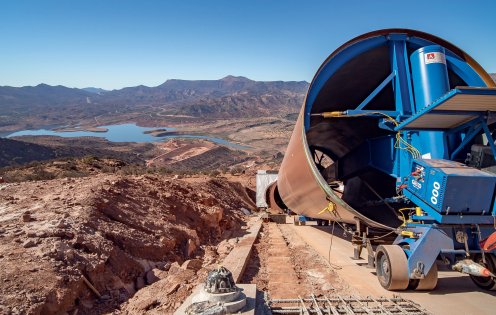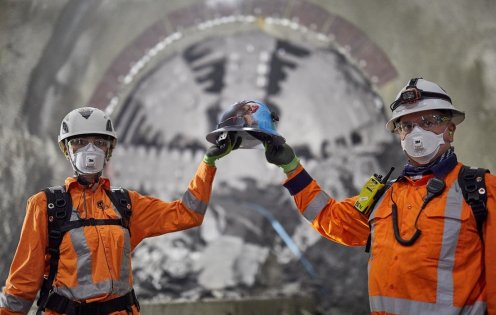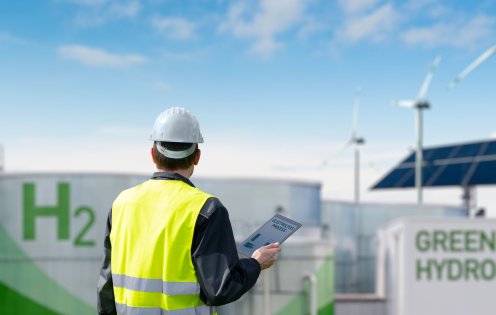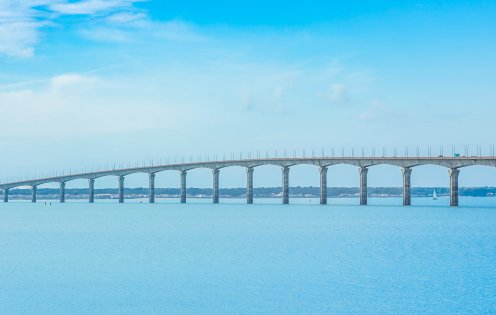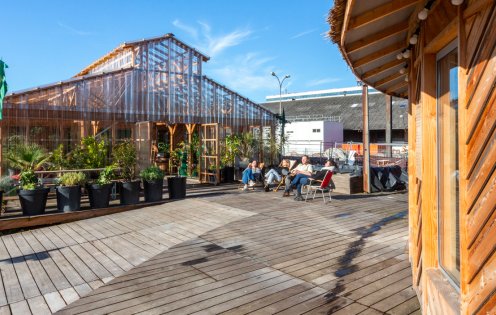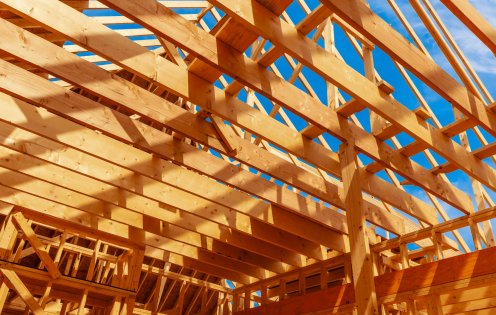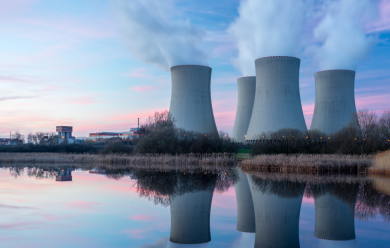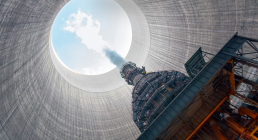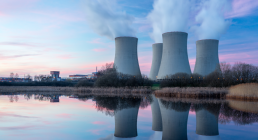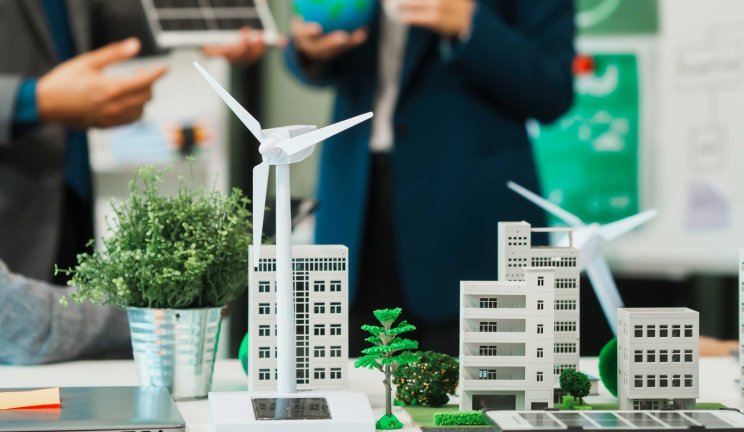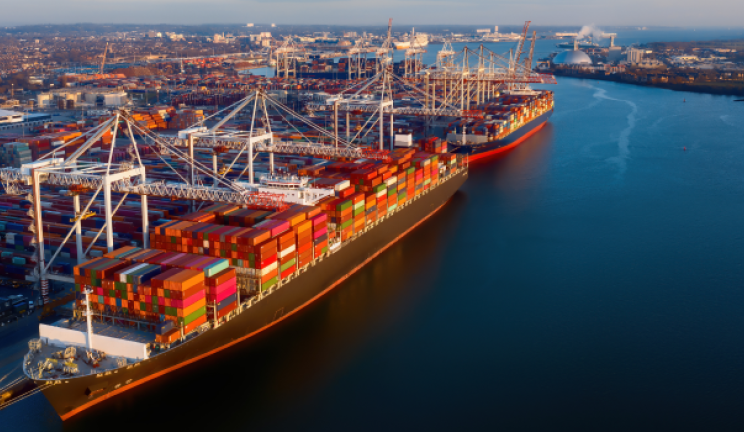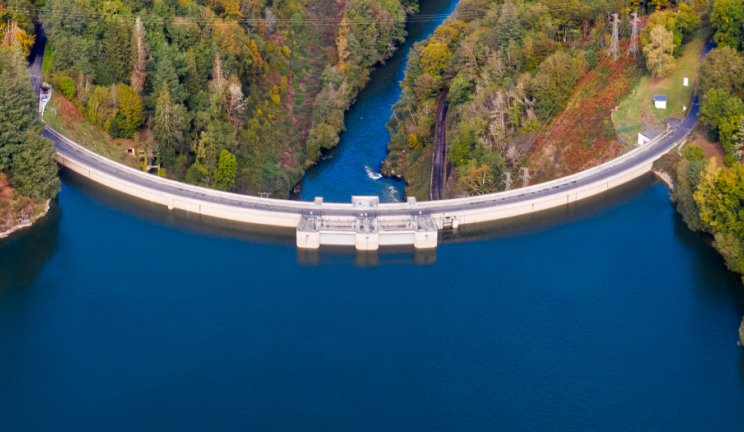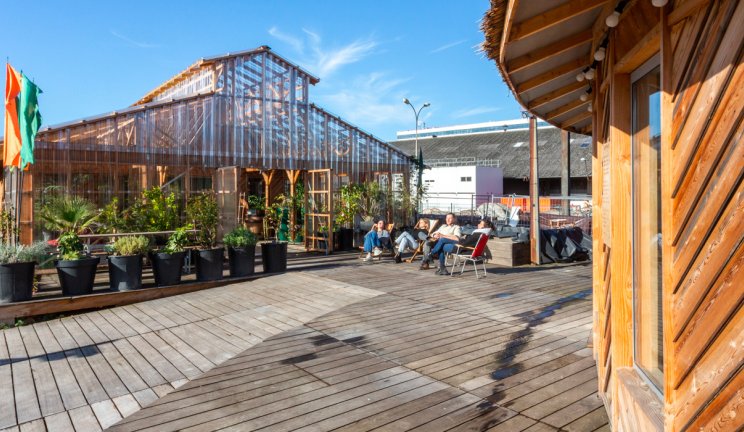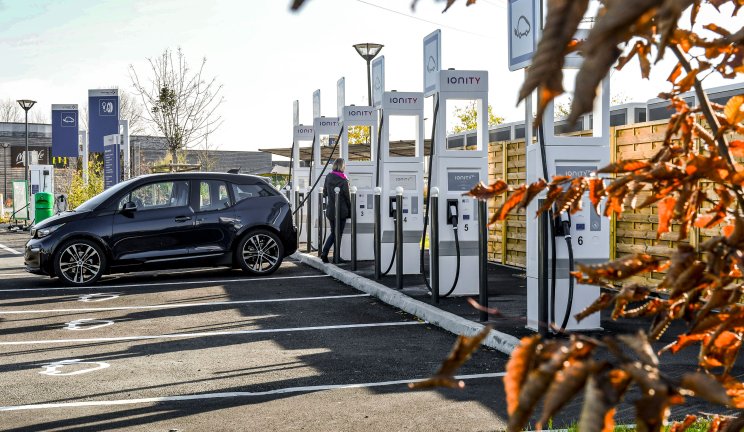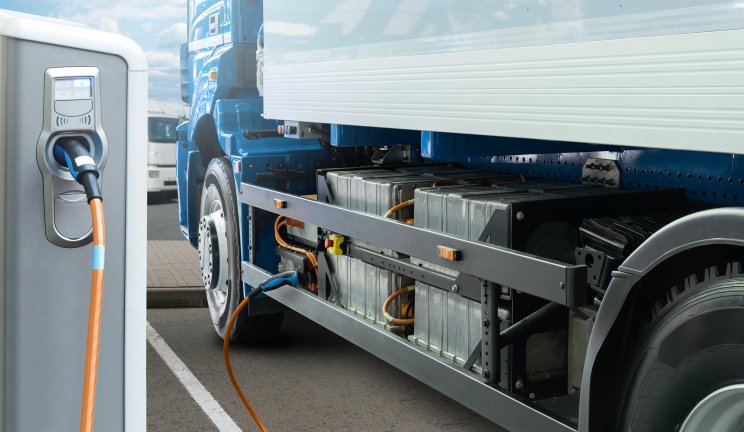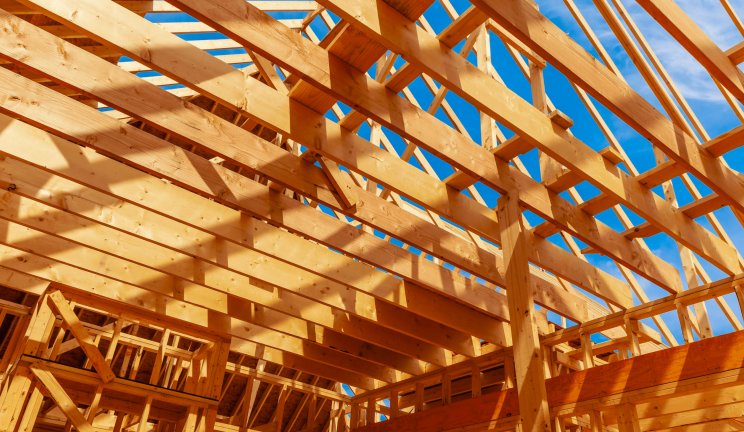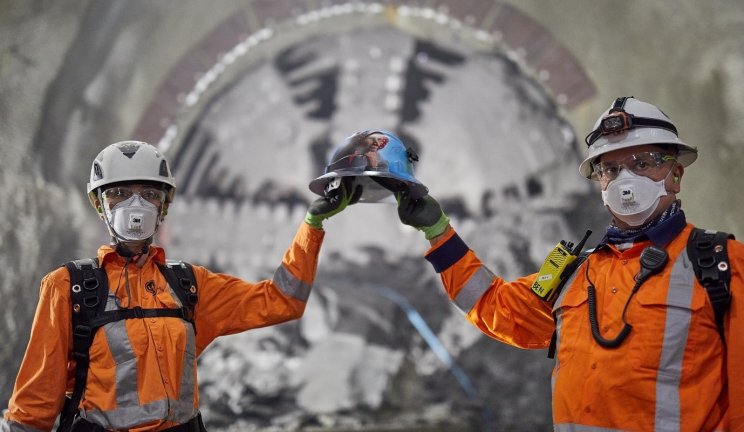
VINCI | eMAG Home


Social joint ventures: from exclusion to employment
Encouraging collaboration between companies and players from the social sphere, to promote inclusion of vulnerable populations through employment: this is the goal of social joint ventures. The strength…

How river freight eases congestion in cities
What if river freight could accelerate decarbonisation and decongestion in cities? Major cities throughout the world are deploying new urban logistics focused on this sustainable and local alternative…
Subsea interconnectors: electricity supplies without borders
Faced with the uncertainties shrouding the global geopolitical arena, nations are scrambling for solutions to safeguard their energy sovereignty and futureproof their infrastructures. In this respect,…
Research into environmental innovation
How to transform roads into energy sources, how to decarbonize road freight or optimize the temperature of buildings using artificial intelligence: so many questions have been turned into concrete…
Carbon sequestration: we take a closer look at nature-based solutions
In the fight against global warming, carbon sequestration is a solution to be harnessed. This process helps to reduce the build-up of greenhouse gases in the atmosphere. Of all the carbon sequestration…
André Broto: misconceptions about transport
André Broto, an alumnus of the Ecole Polytechnique engineering school, a graduate of the Ecole Nationale des Ponts et Chaussées civil engineering school and an expert in mobility issues, is publishing his…
Decarbonising ports : what is the best course to take ?
How to store electric energy – PSPs
New Zealand: a metro on the road to social reconciliation
How can we produce energy from water?
Hydrogen sector: investing in a net zero future
Bridge safety, the “project of the century”
Temporary use, a test site for the city of the future?
Digital traceability – guaranteeing transparency for consumers
Urban cool islands: cooling down the cities
Wood, a strong building material, in more ways than one...
The groundbreaking civil nuclear fission sector
Fission: the historical nuclear energy
France, the land of nuclear power
Fusion: the energy creating high hopes
Related articles
Decontaminating streams and rivers: the way ahead
Several events were held on the Seine during this summer’s Olympic Games 2024 in Paris, highlighting the pollution affecting…
Which action levers can accelerate the development of shared mobility solutions?
Road vehicles are responsible for causing 95% of the CO2 emissions from land transport. Cars are and will continue to be the…
Fundación VINCI Colombia: prioritising education and inclusion
Fundación VINCI Colombia, the Group’s first foundation in Latin America, was created in 2021 by VINCI Construction and…
The changing face of today’s cities: and their multiple lives
In response to ever higher demand for housing and the growing chorus of calls to limit urban sprawl, cities require a…
Decarbonising ports : what is the best course to take ?
The International Maritime Organisation estimates that shipping accounts for 3% of the world’s greenhouse gas emissions. Due…
Expectations VS Reality : Céline Guivarch and the contradictions regarding climate change
The urgency of climate action VS the long-term nature of research. The ambitions of the Paris agreements VS the reality of…
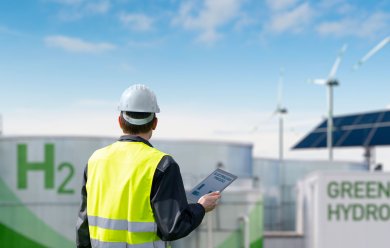
Hydrogen has everything it takes to become a major vector in the decarbonisation of the economy, provided it can be mass-produced without fossil resources and distributed efficiently. Grey, green, blue or pink, to reduce the carbon footprint of transport or industry; find out how this sector is organizing to become a powerful vector for a low-carbon economy.
Grey, blue, green... understanding the rainbow of hydrogen colours
Hydrogen sector: investing in a net zero future
What are the uses for hydrogen in today's world and the future?
How can we produce energy from water?
Hydraulic energy will play an active role in the energy transition. In the sea, along rivers and even on the roofs of…
Temporary use, a test site for the city of the future?
What do Les Grands Voisins, La Cité Fertile, Ground Control and Bercy Beaucoup have in common? All of these projects have,…
Electric mobility hitting the road
Achieving carbon neutrality by 2050 is one of the major commitments of the Paris Agreement on climate change. IPCC experts…
Innovations for decarbonising heavy-goods vehicle mobility
A key sector for the economy and a real source of jobs, transport of goods by road is a major contributor to greenhouse gas…
Wood, a strong building material, in more ways than one...
Today’s urgent environmental situation is raising new challenges for the construction sector, which must strike a balance…
New Zealand: a metro on the road to social reconciliation
City Rail Link is New Zealand's biggest urban infrastructure project. Auckland's first underground metro will promote the…


